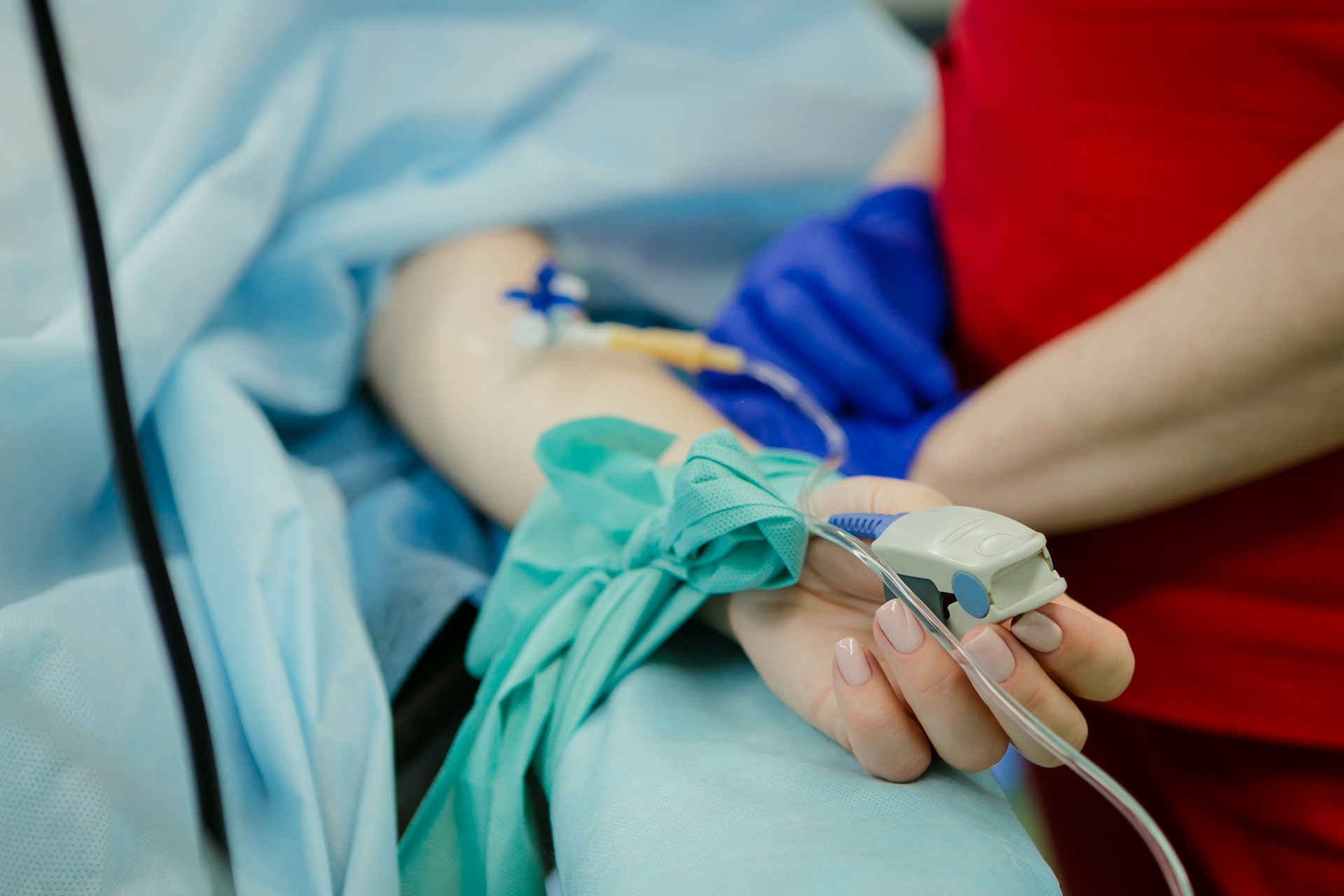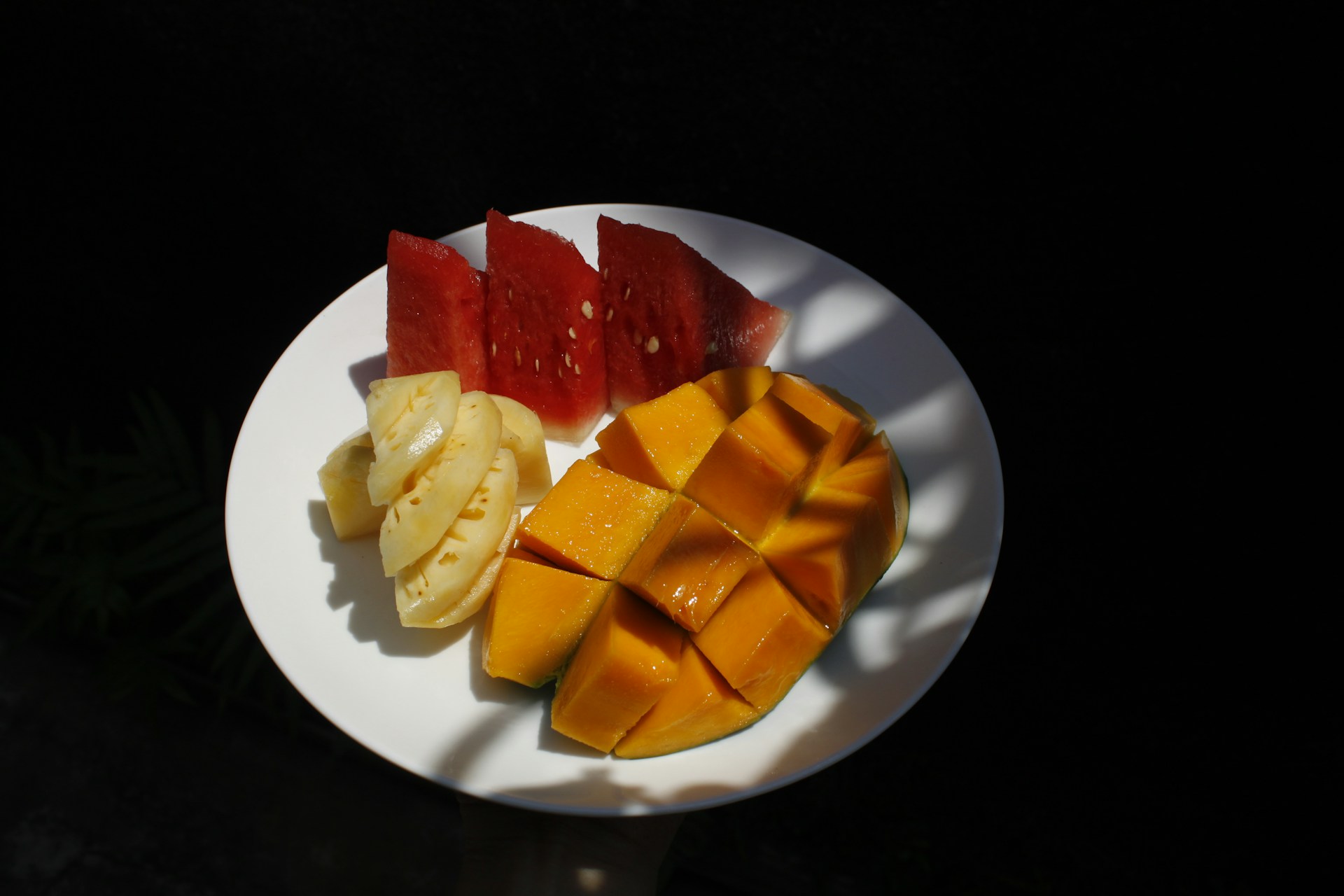Hubungan Antara Pemberian ASI Eksklusif Dengan Kejadian Diare Pada Balita Di Kelurahan Ampel, Kecamatan Semampir, Kota Surabaya 2017
Downloads
Background:Diarrhea is an endemic disease in Indonesiaand often cause death. In 2015 there were eighteen times the outbreak of diarrhea spread in eleven provinces, eighteen districts / cities, with the number one patient. 213 people and 30 deaths (CFR 2.47%). According to Surabaya City Health Office, there were 65.447 cases of diarrhea in 2015, in other words there were 23 cases of diarrhea in 1000 population.
Objectives:This study aimed to analyze the relationship between exclusive breastfeeding and diarrhea in RW XIII and RW XIV Kelurahan Ampel, Subdistrict Semampir, City of Surabaya in 2017.
Methods:This was observational analytics study with cross sectional design. The population in this research were all the children under five in the area in RW XIII and RW XIV in Kelurahan Ampel. Sampling technique used was simple random sampling involving 39 respondents. Primary data were collected by interview with questionnaire, Focus Group Discussion (FGD). Data were analyzed statistically using Fisher's Exact Test.
Results:The result of this this study, there was relationship betweenexclusive breastfeeding and diarrhea (p=0.000).
Conclusion: There was a significant relationship between exclusive breastfeeding and diarrhea.
ABSTRAK
Latar Belakang:Diare adalah penyakit endemis di Indonesia dan sering menyebabkan kematian. Pada tahun 2015 terjadi delapan belas kali kejadian luar biasa diare yang tersebar di sebelas provinsi, delapan belas kabupaten/kota, dengan jumlah penderita satu. 213 orang dan kematian 30 orang (CFR 2,47%). Menurut Dinas Kesehatan Kota Surabaya, pada tahun 2015 terdapat 65.447 kasus diare, dengan kata lain terdapat 23 kasus diare pada 1000 penduduk.
Tujuan:Penelitian ini bertujuan untuk menganalisis hubungan asi eksklusif dengan diare pada balita di RW XIII dan RW XIV Kelurahan Ampel, Kecamatan Semampir, Kota Surabaya 2017.
Metode:Jenis penelitian adalah analitik observasional dengan desain cross sectional. Populasi pada penelitian ini yaitu seluruh balita yang berada di wilayah di RW XIII dan RW XIV di Kelurahan Ampel. Teknik pengambilan data menggunakan simple random sampling didapatkan 39 responden. Data Primer dikumpulkan dengan wawancara dengan kuesioner, Focus Group Discussion (FGD). Analisis data menggunakan uji statistik Fisher's Exact.
Hasil:Hasil penelitian menunjukkan pemberian ASI eksklusif memiliki hubungan dengan kejadian diare (p=0,000).
Kesimpulan: Terdapat hubungan yang bermakna antara pemberian ASI Eksklusif dengan kejadian diare.
Kementrian Kesehatan RI. Sustainable Developmental Goals (SDGs). (2015). Available at: http://www.depkes.go.id. (Accessed: 3rd July 2018).
Dinas Kesehatan Kota Surabaya. Profil Kesehatan tahun 2016. (2016). Available at: http://www.depkes.go.id/resources/download/profil/PROFIL_KAB_KOTA_2016/3578_Jatim_Kota_Surabaya_2016.pdf .
Kurniawati, S. Pengaruh suplementasi seng dan probiotik terhadap durasi diare akut cair anak. (Universitas Diponegoro, 2016).
Gordon JE, Chitkara ID, W. J. Weanling diarrhea. Am J Med Sci 245, (1963).
Waterlow JC, T. A. Observations on the adequacy of breastfeeding. Lancet 2, (1979).
Bauchner H, Leventhal JM, S. E. Studies of breast-feeding and infections. How good is the evidence? JAMA 256, (1986).
Victora CG, Smith PG, Vaughan JP, Nobre LC, Lombardi C, Teixeira AM, Fuchs SC, Moreira LB, Gigante LP, B. F. Infant feeding and deaths due to diarrhea. A case-control study. Am J Epidemiol 129, (1989).
Morrow AL, Ruiz-Palacios GM, Jiang X, N. D. Human-milk glycans that inhibit pathogen binding protect breast-feeding infants against infectious diarrhea. J Nutr 135, (2005).
Riordan JM. The cost of not breastfeeding: a commentary. J Hum Lact 13, (1997).
Black RE, Cousens S, Johnson HL, Lawn JE, Rudan I, Bassani DG, Jha P, Campbell H, Walker CF, C. R. Global, regional, and national causes of child mortality in 2008: a systematic analysis. Lancet (2010).
Unicef for child. Improving breastfeeding, complementary foods and feeding practices.
WHO. Exclusive breastfeeding. Nutrition.
World Health Organization. Indicators for assessing infant and young child feeding practices. (2007). Available at: www.who.int/nutrition/publications/iycf_indicators_for_peer_review.pdf . (Accessed: 10th September 2018)
Fatemeh Roostaee, Seyed Mehdi Tabatabaei, Maryam Zaboli, Razieh Keykhaie, Javad Sharifi-Rad,Paridokht Shahrak, and F. S. Breast-feeding Continuation in South-Eastern of Iran: the Associated Factors. Med Arh 98–102 (2015).
Plenge-Bonig A, Soto-Ramirez N, Karmaus W, Petersen G, Davis S, F. J. Breastfeeding protects against acute gastroenteritis due to rotavirus in infants. Eur J Pediatr 1471–1476 (2012).
Laura M Lamberti,Christa L Fischer Walker,Adi Noiman,Cesar Victora, R. E. B. Breastfeeding and the risk for diarrhea morbidity and mortality. (2011). Available at: https://bmcpublichealth.biomedcentral.com/articles/10.1186/1471-2458-11-S3-S15. (Accessed: 3rd July 2018)
Sanjay K.D, Victoria, L. T. Characteristics of Diarrheal Illnesses in Non-Breast Fed Infants Attending a Large Urban Diarrheal Disease Hospital in Bangladesh. PLoS One 1–6 (2013).
Sarah Hanieh,Tran T. Ha, Julie A. Simpson, Tran T. Thuy,Nguyen C. Khuong,Dang D. Thoang,Thach D. Tran,Tran Tuan, J. F. and B.-A. B. Exclusive Breast Feeding in Early Infancy Reduces Risk of Inpatient Admission for Diarrhea and Suspected
Pneumonia in Rural Vietnam: Prospective Cohort Study. (2015). Available at: https://www.ncbi.nlm.nih.gov/pubmed/2660236(Accessed: 10th September 2018)
Brianna Lindsay, Debasish Saha, Doh Sanogo, Sumon Kumar Das, Richard Omore, Tamer H. Farag, Dilruba Nasrin, Shan Li, Sandra Panchalingam, Myron M. Levine, Karen Kotloff, James P. Nataro, Laurence Magder, Laura Hungerford, A. S. G. Faruque, Joseph Ound, and O. C. S. Association between Shigella Infection and Diarrhea Varies Based on Location and Age of Children. (2015). Available at: https://www.ncbi.nlm.nih.gov/pmc/articles/PMC4703276/. (Accessed: 10th September 2018)
Ekhlas Hamed Abdel-Hafeez, Usama Salah Belal, Manal Zaki Mohamed Abdellatif, Koji Naoi, andKazumi N. Breast-Feeding Protect. s Infantile Diarrhea Caused by Intestinal Protozoan Infections. (2013). Available at: https://www.ncbi.nlm.nih.gov/pmc/articles/PMC3857498/. (Accessed: 10th September 2018)
Floriacy Stabnow Santos, Felipe César Stabnow Santos, Leonardo Hunaldo dos Santos, AdrianaMoraes Leite, and D. F. de M. Breastfeeding and Protection Againts diarrhea: an integrative review of literature. (2015). Available at: https://www.ncbi.nlm.nih.gov/pmc/articles/PMC4943793/. (Accessed: 10th September 2018)
Unicef for child. Improving breastfeeding, complementary foods and feeding practices.
Black RE, Allen LH, B. Z. Maternal and child undernutrition: global and regional exposures and health consequences. Lancet 371, (2008).
UNDP Africa. About Sub-Saharan Africa.
Mullany LC, Katz J, L. Y. Breast-feeding patterns, time to initiation, and mortality risk among newborns in southern Nepal. J Nutr 138, (2008).
Thulier D, M. J. Variables associated with breastfeeding duration. J Obs. Gynecol Neonatal Nurs 38, (2009).
Davies-Adetugbo AA. Sociocultural factors and the promotion of exclusive breastfeeding in rural Yoruba communities of Osun State, Nigeria. Soc Sci Med 45, (1997).
AMERTA NUTR by Unair is licensed under a Creative Commons Attribution-ShareAlike 4.0 International License.
1. The journal allows the author to hold the copyright of the article without restrictions.
2. The journal allows the author(s) to retain publishing rights without restrictions
3. The legal formal aspect of journal publication accessibility refers to Creative Commons Attribution Share-Alike (CC BY-SA).
4. The Creative Commons Attribution Share-Alike (CC BY-SA) license allows re-distribution and re-use of a licensed work on the conditions that the creator is appropriately credited and that any derivative work is made available under "the same, similar or a compatible license”. Other than the conditions mentioned above, the editorial board is not responsible for copyright violation.












































